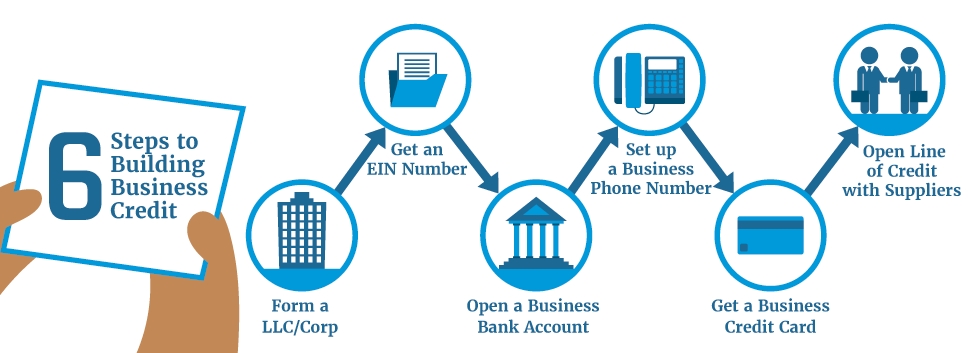CFD trading has become increasingly popular among investors and traders in recent years. The convenience and flexibility of Cfds, or Contracts for Difference, has attracted many beginners to the world of online trading. Trading Cfds can be an opportunity to capitalize on market fluctuations with a relatively small amount of money. However, it’s important to understand the basics of CFD trading before jumping in. This guide will cover everything you need to know to get started with CFD trading.
What are Cfds?
Contracts for Difference, or Cfds, are financial instruments that allow traders to speculate on the price movement of a wide range of financial assets, including stocks, currencies, commodities, and indices. Cfds provide traders with flexibility and leverage, as they can open positions with a fraction of the total trade value. CFD trading can be conducted on various platforms, including desktop, mobile, and web-based trading platforms.
How CFD trading works
CFD trading is similar to traditional trading in many ways, except for the fact that traders do not own the underlying asset. Traders enter into a contract with a broker to exchange the difference in value of the underlying asset between the time the contract is opened and closed. The profit or loss of the trade is the difference between the opening and closing prices of the contract. In addition to profit potential, CFD trading also carries risk. Traders must manage risk by implementing risk management strategies and setting stop-loss orders.
Advantages of CFD trading
One of the main advantages of CFD trading is the ability to take both long and short positions. This means that traders can profit from both rising and falling markets. Cfds also offer leverage, which allows traders to increase exposure to the underlying asset with a fraction of the overall value of the trade. Cfds also offer flexibility, as traders can open and close positions quickly and easily, without having to own the underlying asset.
Risks of CFD trading
CFD trading carries various risks, including market risk, leverage risk, and liquidity risk. Market risk is the risk that market fluctuations will result in losses. Leverage risk is the risk of amplifying losses by trading with leverage. Liquidity risk is the risk of not being able to buy or sell an asset at a desired price. Traders must implement risk management strategies, such as setting stop-loss orders, to manage risk and protect against losses.
Tips for successful CFD trading
To be successful in CFD trading, traders should educate themselves on various trading strategies and choose a reputable broker. Traders should implement risk management strategies to manage risk and protect against losses. Traders should also be mindful of market fluctuations and stay up-to-date on news and events that may impact the market. Traders should start with a demo account to practice trading strategies and develop the skills needed to succeed in CFD trading.
Conclusion:
what is cfds trading can be a profitable opportunity for traders who educate themselves on the basics and apply effective trading strategies. It’s important to understand the risks that come with trading Cfds, and to implement risk management strategies to minimize potential losses. Choosing a reputable broker and staying up-to-date on market news will also contribute to trading success. By following these guidelines, traders can take advantage of the many benefits and opportunities offered by CFD trading.



